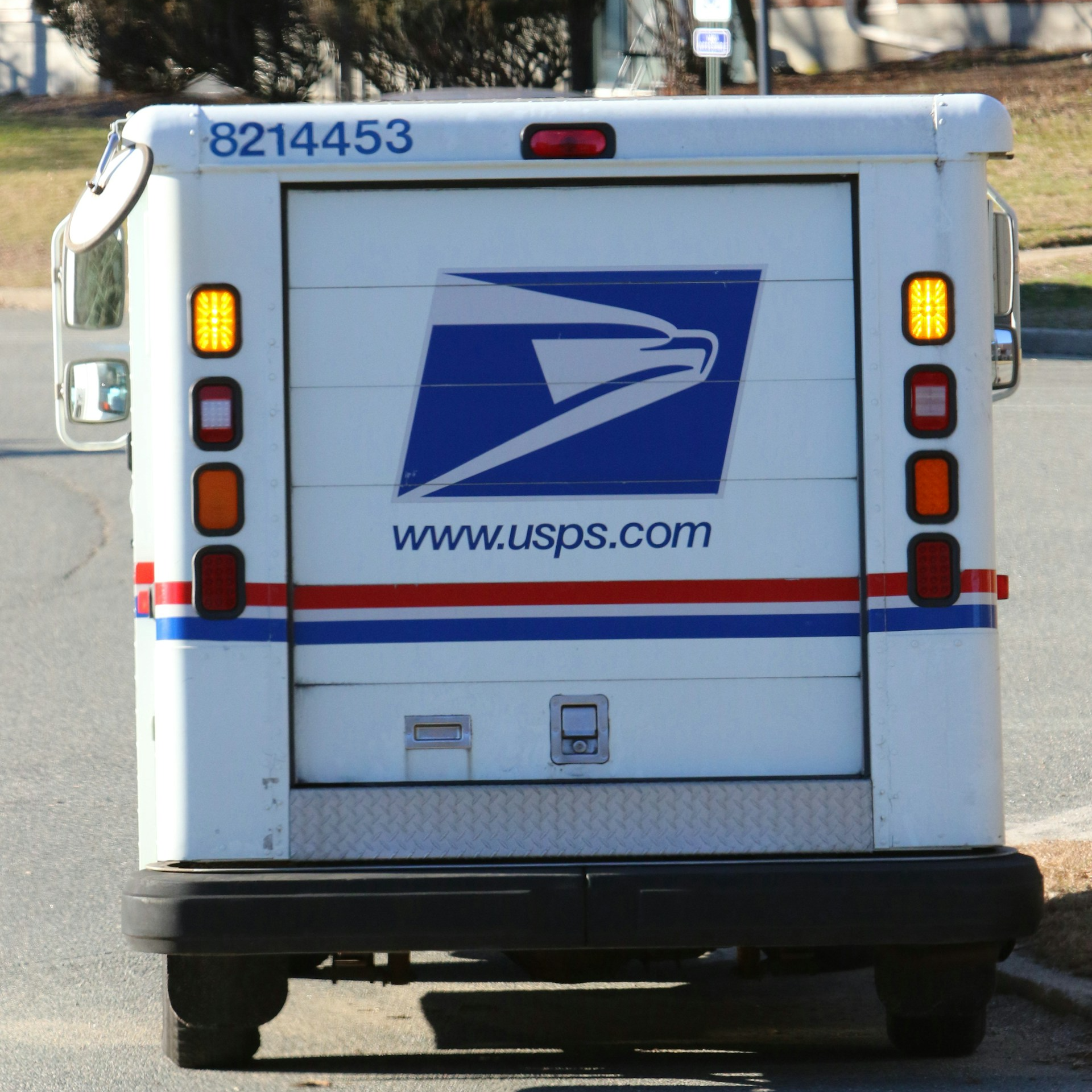Key Takeaways
-
Medicare Part C (Medicare Advantage) offers broad coverage, but some gaps and limitations still exist, particularly when it comes to certain specialty services and out-of-network care.
-
Postal retirees and employees enrolled in PSHB should carefully evaluate how Medicare Advantage coordinates with their benefits, especially for prescription drugs and out-of-pocket expenses.
Understanding Medicare Part C in 2025
Medicare Part C, also known as Medicare Advantage, aims to bundle everything you need under one plan: hospital insurance, medical insurance, and often prescription drug coverage. For postal retirees and workers transitioning into retirement, understanding how Medicare Advantage interacts with Postal Service Health Benefits (PSHB) is essential in 2025.
PSHB plans are structured to coordinate with Medicare. However, Medicare Advantage plans operate differently compared to Original Medicare (Parts A and B). These differences can directly impact your access to care, out-of-pocket costs, and even your ability to see your preferred providers.
What Medicare Part C Covers Well
Medicare Advantage plans are required to cover everything that Original Medicare covers. In many cases, they even offer additional benefits such as:
-
Routine dental, vision, and hearing services
-
Wellness programs
-
Telehealth services
-
Prescription drug coverage through integrated Part D benefits
This bundled approach can sound attractive if you are used to the fehb-style structure. It offers convenience and potentially extra value. But despite these benefits, it’s important to know that Medicare Advantage does not mean “everything is covered equally or fully.”
Where the Gaps Begin to Show
Even though Medicare Part C tries to consolidate your healthcare under one plan, it doesn’t eliminate all risks. You still need to pay attention to these key limitations:
1. Network Restrictions
Unlike Original Medicare, where you can visit nearly any doctor or hospital that accepts Medicare, most Medicare Advantage plans have network rules:
-
In-Network Providers: Lower costs if you see a doctor or specialist within the plan’s network.
-
Out-of-Network Providers: Higher costs, or services may not be covered at all unless it’s an emergency.
Postal retirees who split their time between states or travel frequently should be cautious. Even with national PSHB coverage, your Medicare Advantage plan could restrict your access to providers outside its regional network.
2. Prior Authorization Requirements
Medicare Advantage plans often require you to get pre-approval (prior authorization) for certain tests, treatments, or procedures. This means:
-
Delays in getting care
-
Possible denials if the plan does not consider the service “medically necessary”
While prior authorization is meant to control costs and prevent unnecessary services, it can be frustrating if you need timely medical care.
3. Uneven Prescription Drug Coverage
Most Medicare Advantage plans include Part D drug coverage, but formulary lists can vary widely. Some important points to consider:
-
Not every medication is covered.
-
Drugs might be placed in expensive tiers.
-
Step therapy protocols could require you to try cheaper drugs first.
PSHB enrollees should be especially attentive if their prescriptions are managed under both Medicare Advantage and PSHB prescription benefits.
4. Out-of-Pocket Maximums Aren’t Low
In 2025, Medicare Advantage plans must cap your in-network out-of-pocket costs at $9,350, and combined in- and out-of-network costs at $14,000. However, reaching those amounts can be financially draining, especially if you face frequent specialist visits, hospital stays, or extensive treatments.
Even though PSHB coverage may coordinate with Medicare, it doesn’t guarantee zero additional expenses. You need to prepare for these limits.
How PSHB and Medicare Advantage Coordinate
For postal retirees enrolled in PSHB, Medicare integration adds another layer. In many cases, PSHB plans work best when you have Original Medicare. When you enroll in Medicare Advantage, the dynamic changes:
-
PSHB plans become “secondary payers,” if the Medicare Advantage plan allows it.
-
Some PSHB plans reduce or even waive their own deductibles and coinsurance if you have Medicare.
-
Not all PSHB benefits are duplicated under Medicare Advantage.
You must check whether your PSHB plan coordinates with Medicare Advantage or only with Original Medicare. This determines whether you’re truly getting dual protection or simply layering redundant coverage.
Important Timelines to Watch in 2025
Keeping an eye on enrollment periods helps you avoid penalties and coverage gaps:
-
Medicare Initial Enrollment Period: Begins three months before you turn 65, includes your birth month, and ends three months after.
-
Medicare Advantage Open Enrollment Period: January 1 through March 31 each year. You can switch Medicare Advantage plans or revert back to Original Medicare.
-
PSHB Open Season: Occurs from November to December. This is when you can adjust your PSHB health plan.
Missing these windows can leave you stuck with less-than-ideal coverage for months.
Evaluating Whether Medicare Part C Fits You
When deciding if Medicare Advantage is a good fit with your PSHB plan, ask yourself:
-
Do I live in one place most of the year? Staying put favors Medicare Advantage because you can rely on in-network care.
-
Do I see specialists often? Make sure your specialists are part of the network.
-
Do I have expensive prescriptions? Check the formulary and pricing tiers carefully.
-
Am I okay with prior authorizations? If you value immediate access to services, restrictions could be problematic.
Choosing Medicare Advantage is a strategic move, not just a checkbox at retirement.
Common Services That Can Still Cost You More
Even under Medicare Part C, some services can leave you with unexpected costs:
-
Ambulance transportation (especially non-emergency)
-
Skilled nursing facility care beyond a set number of days
-
Durable medical equipment like wheelchairs or oxygen supplies
-
Long-term custodial care (not covered by Medicare at all)
-
Overseas emergency care (limited coverage, if any)
PSHB retirees should be prepared for these potential gaps even if they have coordinated Medicare coverage.
Mistakes to Avoid When Pairing PSHB and Medicare Advantage
Choosing Medicare Advantage when you have PSHB benefits can work well—or it can create confusion. Watch out for these mistakes:
-
Assuming PSHB will always cover what Medicare Advantage doesn’t.
-
Enrolling in two drug plans. You cannot have both a standalone Medicare Part D plan and drug coverage through Medicare Advantage.
-
Ignoring out-of-network provider costs. Especially important if you travel or move seasonally.
-
Missing enrollment deadlines. Especially during the Medicare Advantage Open Enrollment Period and PSHB Open Season.
Stay proactive rather than reactive to avoid costly missteps.
Questions to Ask a Licensed Insurance Agent
To make the most informed choice for 2025 and beyond, talk to a licensed insurance agent listed on this website and ask:
-
How does my specific PSHB plan coordinate with Medicare Advantage?
-
Will I still pay PSHB premiums if I enroll in a Medicare Advantage plan?
-
What happens if I move to a different state or travel often?
-
Are my preferred doctors and hospitals in the network?
-
Does this plan cover all my prescriptions affordably?
These questions help clarify real-world costs and practical access to care.
Making Medicare Part C Work for Your Retirement Health Goals
Medicare Part C offers many benefits and conveniences, but understanding the gaps can help you create a healthcare plan that truly supports your retirement. PSHB gives you a strong foundation, but layering it with the right Medicare choices takes some homework.
Make 2025 the year you build a smarter, safer healthcare strategy—and don’t hesitate to connect with a licensed insurance agent listed on this website for personalized guidance.











